Top 10 Tobacco Producing Countries in 2022
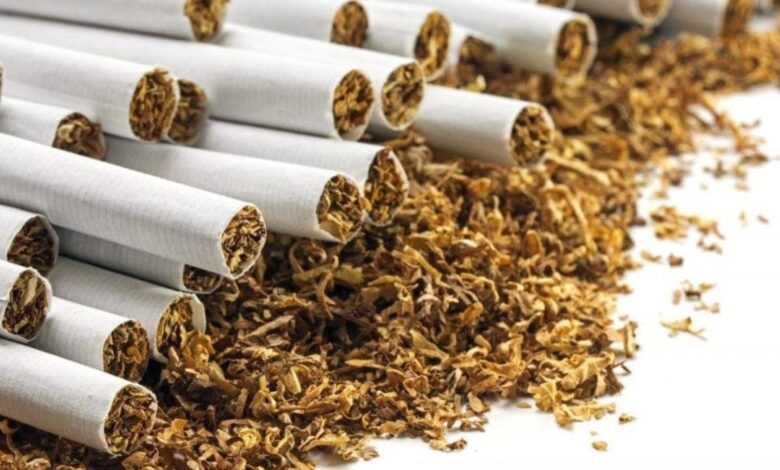
In many countries, tobacco is grown in damp, warm areas. Tobacco is easily grown and utilised in a variety of goods, including chewing tobacco, cigars, cigarettes, cream-flavoured snuff, dipping tobacco, gutka, snuff, and others. Every type of tobacco contains nicotine, a recreational substance. A large part of countries has outlawed tobacco product advertising. Because of the rising demand for tobacco products, tobacco output is rising globally.
The greatest producer of tobacco in China, which produces 3.15 million metric tonnes annually. The production of India and Brazil are the next two biggest producers, with 951,000 tonnes and 830,000 tonnes of production, respectively. Worldwide, there are millions of tobacco smokers, and the popular cigarette is consumed in each country.
In this article, you will read about the top 10 leading producer countries of Tobacco in 2022 in detail.
Top 10 Tobacco Producing Countries in 2022
1. China
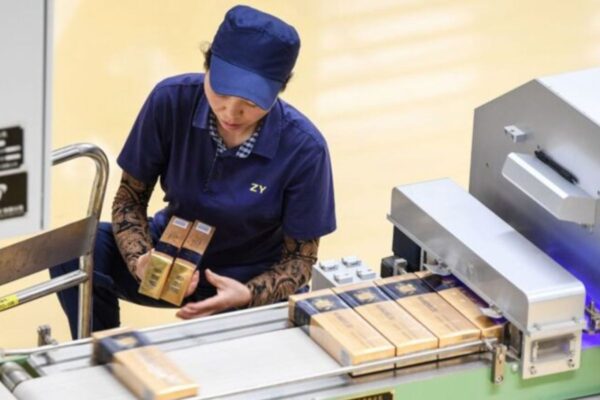
China is the greatest tobacco leaf producer in the world, producing around 2.1 million tonnes of tobacco leaf per year, or about one-third of the world’s total production. More than 80% of the tobacco leaf made in China is utilised to make cigarettes for domestic consumption.
The State Tobacco Monopoly Association (STMA) establishes a tobacco leaf production quota to regulate the export of tobacco leaves and prevent a surplus.
The STMA regulates the ability to produce tobacco leaves in China, the cost of purchases, and the production and distribution of cigarettes. With 43.6 per cent of the global cigarette market, the China National Tobacco Corporation (CNTC) is by far the largest tobacco firm in the world.
It is a state-owned tobacco company in China with a monopoly over the whole domestic market, including tobacco leaf production, distribution, manufacture, and growing.
2. India
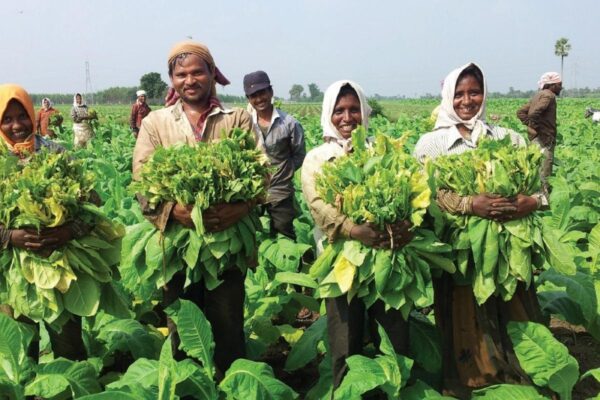
It is the world’s second-largest producer of tobacco and third-largest exporter of it. There are 46 million people employed in the tobacco sector. The country has around 0.45 million hectares of land used for tobacco farming in the countries.
It has 9% of the total tobacco products all over the world. Flue-cured tobacco, country tobacco, burley tobacco, bidi tobacco, Rustica tobacco, and chewing tobacco are just a few of the different types of tobacco that are produced in India.
For the past five years, tobacco crops have produced an average of almost 800 million kg. Gujarat, Andhra Pradesh, Uttar Pradesh, Karnataka, West Bengal, Telangana, and Bihar are the central tobacco-producing states in India. Out of them, Andhra Pradesh, Karnataka, and Gujarat provide roughly 45 per cent, 26 per cent, and 14 per cent, respectively, of the countries, total production.
These are the key elements driving the market’s expansion. Indian tobacco producers are utilising state-of-the-art threshing plants and re-drying factories with the help of the Tobacco Board. These facilities are utilised to increase the production of flue-cured Virginia (FCV) tobacco, which is then sold to other countries across the world. Therefore, this market’s growth is driven by improved infrastructure.
After Brazil, India is the second-largest tobacco exporter. It exports tobacco and tobacco-related products, including homogenised, flue-cured, sun-cured, fully stemmed, stripped, and cigar cheroots. India exported tobacco and tobacco items for US$838,80 million between April 2021 and February 2022.
India saw a 7.6 per cent CAGR in tobacco export growth from November 2021 to February 2022.
Tobacco is mostly exported from India to Belgium, the Philippines, Egypt, the Arab Republic, Germany, Nepal, the US, and Turkey. Out of these countries, Belgium imports the most tobacco, accounting for almost 14% of all exports from India.
India exports the most tobacco to Egypt, the Arab Republic, and the Philippines, importing respectively 13 and 12 per cent of the total. Additionally, Nigeria exports goods to Ethiopia, Indonesia, France, the United Arab Emirates, Russia, Korea, Sri Lanka, and Malaysia.
3. Brazil
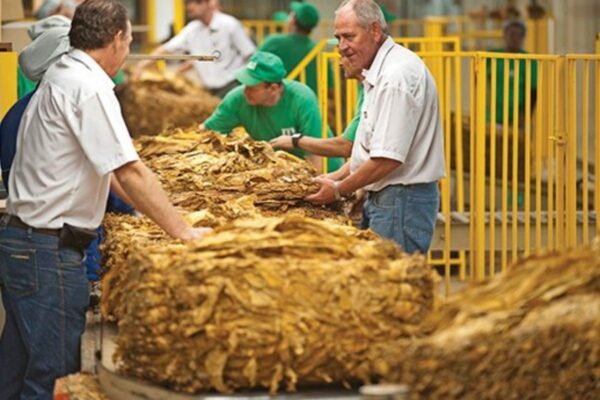
Brazil was the third-largest tobacco producer in the world, contributing 11.9 per cent to total tobacco output. Brazil’s southern area, having approximately 98 per cent of the country’s total tobacco production, is where a large part of the tobacco is produced. Contrary to other major tobacco producers, Brazil exports huge crops – between 62 and 70 per cent of all tobacco farmed annually over the past two decades – and has held that position.
In southern Brazil, the tobacco business has a socio-economic impact. Numerous municipalities in the Rio Grande do Sul, Santa Catarina, and Paraná grow the crop. Tobacco is grown on around 300,000 hectares of land, providing a living for 150,000 growers and their families.
The Brazilian tobacco industry employs over 20,00,000 people in total and contributes several billions of rias to regional economies every year.
4. The United States of America
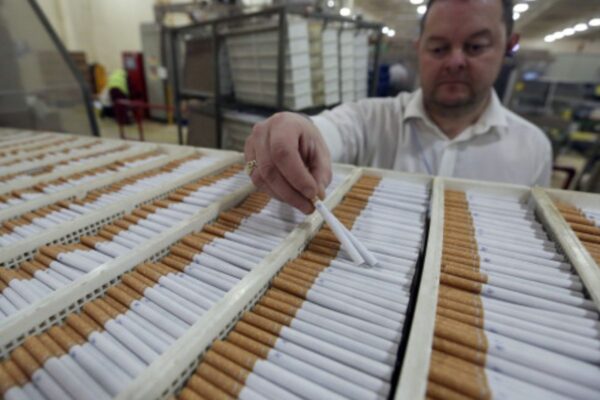
After China, India, and Brazil, the United States is the world’s fourth-largest producer of tobacco. Operators in the “Cigarette and Tobacco Manufacturing” sector make a variety of tobacco goods, like cigarettes, cigars, pipe tobacco, smokeless tobacco, chewing tobacco and snus.
Despite the progressively dropping smoking rates, the sector has developed throughout the five years leading up to 2022. The number of smokers in the US has steadily decreased since the 1980s, while the excise tax on tobacco products has increased steadily. Despite these changing operating conditions, the tobacco industry has continued to adapt.
The Cigarette & Tobacco Manufacturing in the US industry consists of three companies: Imperial Brands Plc., Reynolds American Inc., and Altria Group, Inc.
5. Indonesia
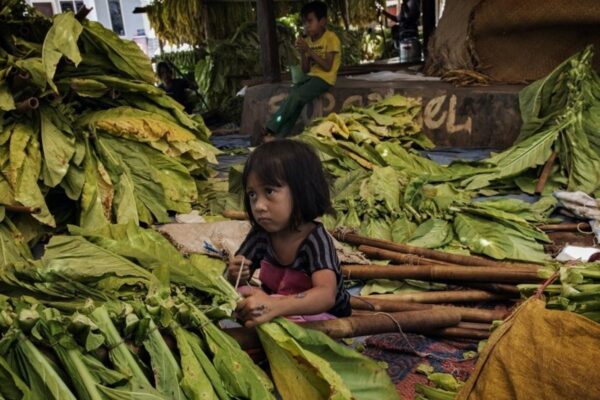
Indonesia produced about 236.9 thousand metric tonnes of tobacco in 2021. One of the top tobacco consumers in the world is Indonesia, where kretek or clove cigarettes are the most popular. After oil, gas, and timber, tobacco is the largest source of revenue for the Indonesian government, bringing in nearly US$4 billion in excise taxes, or about 10% of all taxes collected by the country’s government.
Indonesia has a high domestic cigarette usage rate, common among men. An estimated 65 per cent of Indonesian men who are male smoke. Because smoking is less socially acceptable for women in Indonesia, the proportion is lower for Indonesian women—only around 3 per cent. It is evident how big the Indonesian tobacco business is when two of the top ten largest Indonesian companies (based on market value) listed on the Indonesia Stock Exchange are cigarette makers.
6. Zimbabwe
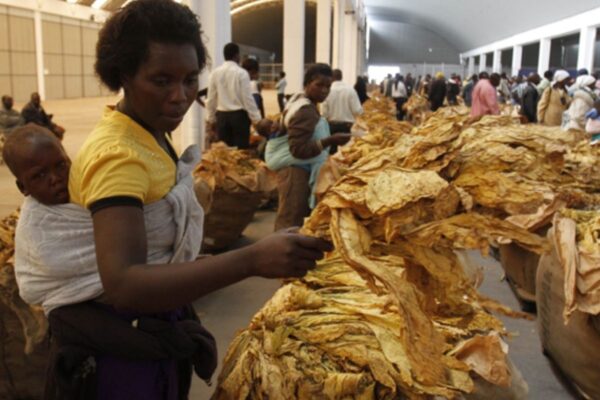
Zimbabwe is the sixth-biggest tobacco producer in the world and the largest producer in Africa. The three types of tobacco that have traditionally been farmed in the countries are oriental, burley, and Virginia flue-cured. The flue-cured tobacco that makes up more than 95% of Zimbabwe’s tobacco is known for its flavour. Zimbabwe produces abandoned Tobacco; that’s why it comes under the top list of producing tobacco.
An important sector of Zimbabwe’s economy is the cash crop. More than 100,000 small-scale Black farmers in Zimbabwe produce a large part of the country’s flue-cured tobacco. About 63 per cent of the more than 200 000 tonnes of crop sold last year was grown by small-scale farmers.
To help with household expenses, it’s very common for kids five years to work in the field with their parents. According to a 2018 Human Rights Watch report, children “work in hazardous conditions, undertaking duties that jeopardise their health and safety or interfere with their education” on Zimbabwean tobacco plantations.
Zimbabwe has dramatically grown the amount of its crop in recent years, reclaiming its position as one of the top five tobacco exporters in the world. Approximately 220,000 tonnes of tobacco were shipped in 2021, according to the Tobacco Industry Marketing Board.
Due to poor weather, the harvest is predicted to be between 10% and 15% lower this year. However, tobacco will still rank among Zimbabwe’s top foreign exchange earners, along with gold and other minerals and the money given by Zimbabweans who reside abroad.
A crucial shift for the countries like Zimbabwe exported tobacco for roughly $1.2 billion in 2017; the government wants to see that figure rise to “a $5 billion sector by 2025.”
7. Zambia
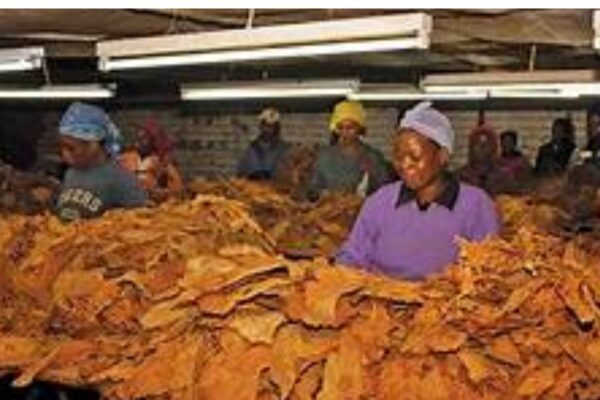
Tobacco, along with cotton, tea, coffee, and, more recently, maize, are a few agricultural products in Zambia that are focused on export. Zambia is one of the exceptions where smoking prevalence is still rising, although smoking rates are declining in most other countries.
The WHO assumes that there will be an additional 300,000 smokers in the countries by 2025.
These patterns are a result of multinational tobacco companies’ conscious efforts to increase their market share outside of high-income countries. Zambia, for example, in Sub-Saharan Africa, with its population and lax regulations, provides the sector with plenty of opportunities to draw in new users.
JTI is one of the tobacco companies in Zambia that is at its peak. They are a vibrant team of committed experts who are working enthusiastically to find the best tobacco leaf.
Incorporated in 2001, Roland Imperial Tobacco is a Zambian-owned business that produces, trades, and sells cigarettes and other tobacco-related goods.
8. Pakistan
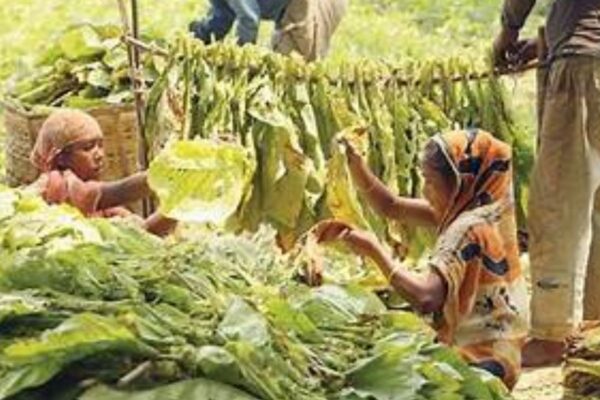
Pakistan’s tobacco business is a wide range of contributions in agriculture, manufacture, distribution, and retail. In Khyber Pakhtunkhwa, the Charsadda District, Mardan District, Nowshera District, and Swabi District are the main centres of agricultural agriculture.
Pakistan Tobacco Company is a well-known business that manufactures cigarettes and other goods in Pakistan using tobacco. Meanwhile, it also produces Velo, a well-known nicotine pouch product in Pakistan.
9. Tanzania
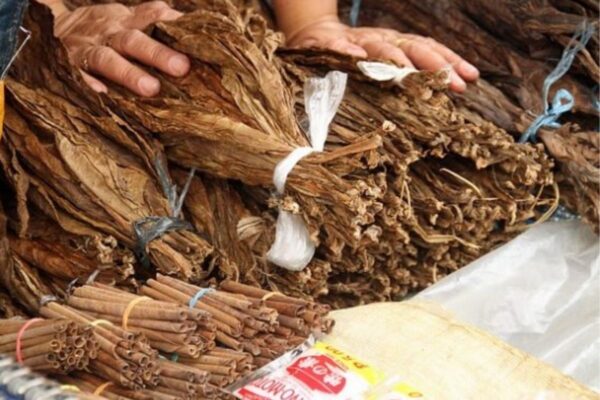
Since the 1950s, tobacco has been grown in Tanzania and is still a designated strategic export product that is farmed under contract farming agreements. Tanzania’s central-western and southern highlands are where tobacco is primarily farmed, where farmers clear large tracts of land for farms and use tonnes of raw wood to cure the crop. Smallholder growers make up a large part of the tobacco industry; for them, the crop provides their household’s jobs and income. Families who grow tobacco are provided with agricultural inputs (seeds, fertiliser, and insecticides) about a commitment to provide the cured and harvested leaves to tobacco buying and processing businesses.
The Tanzania Tobacco Board, the government agency in charge of overseeing the tobacco industry, claims that 4,000 people typically engage in such agreements yearly. A total of 8,000 people are engaged in the processing factories each year, 5,000 permanently and 3,000 as temporary, casual workers. Tanzania is seen as a source of income and a means of reducing poverty.
10. Argentina
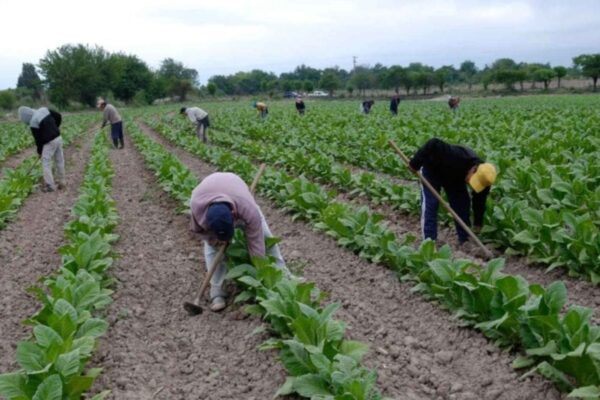
The north of the country is where most of the tobacco is produced. The most important provinces are Jujuy and Salta in the northwest and Misiones in the northeast. Tucumán, Corrientes, Chaco, and Catamarca are the other provinces that produce tobacco.
The provinces that produce tobacco rely heavily on their economy. Roughly 500,000 people are employed by the tobacco business in Argentina, with about 50% of them directly involved in the planting and harvesting, 2% in the production of the derived products, and the remainder in distribution and sales. In the countries, there are around seven cigarette companies.
The production of FCV in Salta has been 37,000 MT on average over the past 10 years. Small-scale producers make up a large part of the province’s farmers. Compared to the Jujuy crop, the Salta crop is planted one month later.
All of the Misiones Air Cured Burley (ACB) farmers operate on a small scale. Given that it is grown in the same area as Brazilian styles, these ACBs are similar in style.
Since 2016, Premium has been operating in Argentina in collaboration with the well-known CTJ tobacco producers cooperative (Cooperativa de Tabacaleros de Jujuy Ltda.).
Farmers from the Jujuy province founded CTJ in 1969, and it is located in the northern Argentinean city of Perico. The business owns a plant for processing tobacco leaves and purchases tobacco from the cooperative’s members.
Tobacco products in the global market 2022

Imperial Brands Plc, British American Tobacco, Altria Group Inc, Philip Morris International Inc, Japan Tobacco Inc, Gudang Garam, Sampoerna, ITC Limited, and KT&G are important players in the market.
The market for tobacco products is projected to increase by $252.12 billion in 2022 at a compound annual growth rate (CAGR) of 8.0 per cent from $233.52 billion in 2021. The market is expected to expand at a compound annual growth rate (CAGR) of 6.8 per cent to reach $327.84 billion in 2026.
The market for tobacco products consists of the sales of tobacco goods by businesses (organisations, sole proprietors, and partnerships) that manufacture cigarettes and other tobacco products with stem and redry tobacco. This market does not include e-cigarettes.
Cigarettes, cigarillos, smoking, and other tobacco products are the first categories of tobacco products. A cigarette is a cylindrical roll of ground tobacco that is covered in paper or some other non-tobacco material.
Combustible tobacco and smokeless tobacco are different product kinds, and they are both distributed through a variety of channels, including convenience stores, e-commerce, supermarkets/hypermarkets, and other distribution channels.
By 2050, the population of the world is projected to increase to 10 billion.
To accommodate the growing population, trade volumes will need to rise. As a result, companies in this market should profit from an increase in demand for tobacco products throughout the forecast period.
Negative Impact of Tobacco Production
 Through usage, exposure to secondhand smoke, and detrimental effects on the environment, tobacco directly affects human health. The environmental effects of tobacco are felt at various phases, including production, distribution, consumption, and disposal of tobacco products.
Through usage, exposure to secondhand smoke, and detrimental effects on the environment, tobacco directly affects human health. The environmental effects of tobacco are felt at various phases, including production, distribution, consumption, and disposal of tobacco products.
Every one of these phases has detrimental effects on the environment, including the consumption of rare resources like water and trees as well as the production of toxins during manufacture.
In addition to causing global warming, the production and consumption of tobacco add to it by emitting 80 million tonnes of carbon dioxide (CO2) annually, the same amount as 17 million gasoline-powered cars.
The long history of tobacco’s harmful effects on human health, including the increased risk of cancer, heart disease, and respiratory ailments, is already known.
However, are tobacco’s detrimental effects on the health of our world. These lethal items leave a path of destruction in their wake before they even reach the user.
In addition to destroying forests, land, and water resources, tobacco farming also leads to the creation of hazardous waste.
Tobacco use contaminates the air we breathe and leaves traces of nicotine and other dangerous compounds on interior surfaces, exposing non-smokers to the poisons found in second-and third-hand smoke. Cigarette butts and other tobacco product trash damage beaches and waterways, poison rivers, oceans, and marine life, and blight our cities.
The resources of the world are threatened by tobacco. Its effects are felt in ways that go far beyond those caused by the smoke that tobacco products send into the atmosphere when they are used.
As the tobacco industry has a deep and growing negative influence on deforestation, climate change, and waste production, researchers and policymakers have paid relatively little attention to these facets of the tobacco control issue up until recently.
By 2030, the World Health Organization (WHO) predicts that tobacco use will cause more than 8 million annual deaths, or 10% of all fatalities worldwide.
The ecology is severely and permanently harmed by the processes of growing tobacco, producing tobacco products, and distributing them to retailers. The biggest contributor to avoidable death and disease in the United States continues.
Edited by Prakriti Arora




